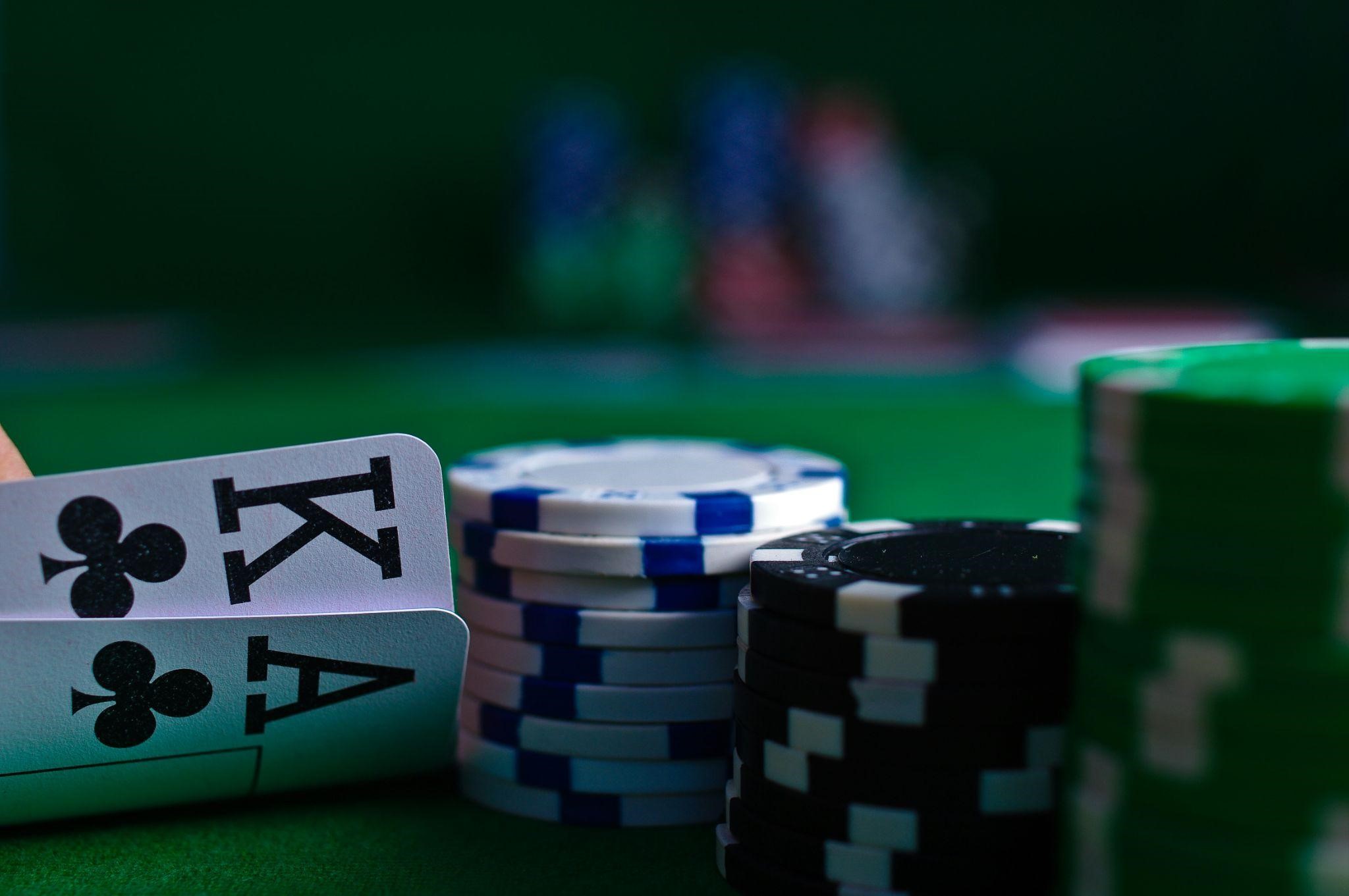Mastering the Art of Bluffing: Strategies from Poker to the Casino Floor
Source: unsplash.com No Attribution Required
Bluffing is an essential skill in poker, often serving as the dividing line between amateurs and seasoned professionals. It involves making your opponents believe you have a stronger or weaker hand than you do, manipulating their decisions to your advantage. It is not merely about deception; it requires a keen understanding of human behavior, impeccable timing, and strategic execution.
Bluffing can be the key to winning large pots in poker, even when your hand isn't the best. It’s a tactic that can shift the game's dynamics, putting pressure on opponents and forcing them into mistakes.
Bluffing’s importance in poker cannot be overstated. It allows players to control the game's tempo and create opportunities where none seem to exist. A well-timed bluff can make opponents fold better hands, securing a win without showing your cards.
Types of Bluffs
Semi-Bluff: It is a safer form of bluffing. When you semi-bluff, you bet on a hand that isn't strong at the moment but has the potential to improve. For example, betting on a flush draw can pressure opponents to fold, even if your hand doesn’t improve by the river.
Pure Bluff: It is a high-risk, high-reward strategy. You bet with a weak hand to make your opponents fold stronger hands. The key here is to gauge your opponents’ likelihood of folding and execute confidently.
Stone-Cold Bluff: It involves betting aggressively with a completely weak hand. It requires an excellent read on your opponents and impeccable timing, as the risks are substantial if your bluff is called.
Strategies for Successful Bluffing
Timing Your Bluffs
Timing is critical in bluffing. Bluffing is generally more effective in later rounds when fewer players are left to contest the pot. This is because fewer players mean fewer opportunities for someone to have a strong hand that can call your bluff. As the game progresses, players who have stayed in the hand are likely to have stronger hands, making a successful bluff even more impactful.
It is especially important for players in Sit & Go tournaments, where everyone has developed a certain image. Understanding the established perceptions allows you to bluff more effectively against those who see you as a tight player. Fans can also take advantage of these insights, improving their game by observing patterns and behaviors at the table. Moreover, fans can capitalize on promotions like the Pulsz promo code to get a welcome bonus and boost their play in online poker environments.
Reading Your Opponents
The ability to read opponents is crucial for a successful bluff. Physical tells like nervous fidgeting, hesitation, or a change in betting patterns can indicate whether an opponent is bluffing or has a strong hand. However, experienced players might use false tells to mislead you, making it essential to consider the context of the game and your opponents’ tendencies.
Watching for changes in behavior can be very telling. Additionally, analyzing how long it takes for a player to make a decision can also provide insights; a quick call might indicate confidence, whereas a prolonged decision could suggest uncertainty.
Psychological Warfare
Bluffing is as much about psychology as it is about the cards. Creating doubt and pressure can cause opponents to make mistakes. Skilled bluffers use this mental advantage to control the game’s flow, manipulating opponents’ actions and gaining the upper hand.
Establishing a Table Image
Your table image plays a significant role in bluffing. If you’ve been playing conservatively, opponents are more likely to believe your bluff.
Conversely, your bluffs may be called more often if you're known for aggressive play. Balancing your image by mixing bluffs with strong hands keeps opponents guessing. Folding often, creating a tight table image, and only playing with strong hands can set up future bluffs.
Risks of Bluffing
Bluffing is inherently risky. A failed bluff can result in a significant loss of chips and can damage your table image. To mitigate these risks, it’s essential to bluff selectively and strategically, considering factors like pot odds and your opponents' tendencies.
Over-bluffing can lead to predictability, making it easier for opponents to call your bluffs. It's crucial to balance your bluffs with solid play, ensuring that it has a higher chance of success when you do bluff.
Optimal Bluffing Frequency
Understanding pot odds and the probability of your opponents folding is crucial. Bluffing too frequently or too rarely can both be detrimental.
Adjusting your bluffing frequency based on the game's dynamics and your read-on opponents can optimize your strategy.
Counteracting Bluffs
Just as you bluff, be prepared to counteract opponents’ bluffs. Look for inconsistencies in their betting patterns and physical tells. Using pot odds, determine when to call a suspected bluff is profitable. Balancing aggression with caution is key to effective bluff-catching.
Conclusion
Mastering the art of bluffing requires a combination of psychological insight, timing, and strategic thinking. Whether at a poker table or on the casino floor, these strategies can help you turn the tide in your favor. Practice, observation, and adaptability are your best tools in perfecting this skill.
Bluffing isn’t just about deception; it’s about understanding human behavior and using that knowledge to your advantage.
Poker in Las Vegas
Poker in Barcelona
Poker in Rozvadov
Poker in London
Poker in Paris
Poker in Bratislava
List of World Poker Events
More interesting and useful articles from the world of poker you can read in our blog. Also search for poker clubs in the country or city, get to know about upcoming poker tournaments or cash games at PokerDiscover.com
If you liked the article, don’t forget to share it with your friend
*The content may include links to external sites relevant to the topic


